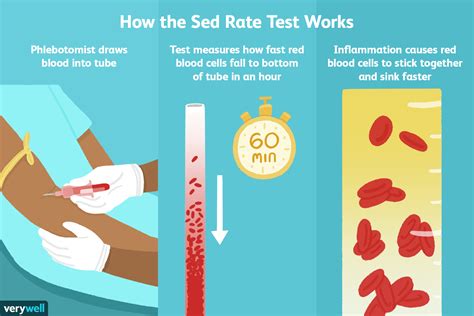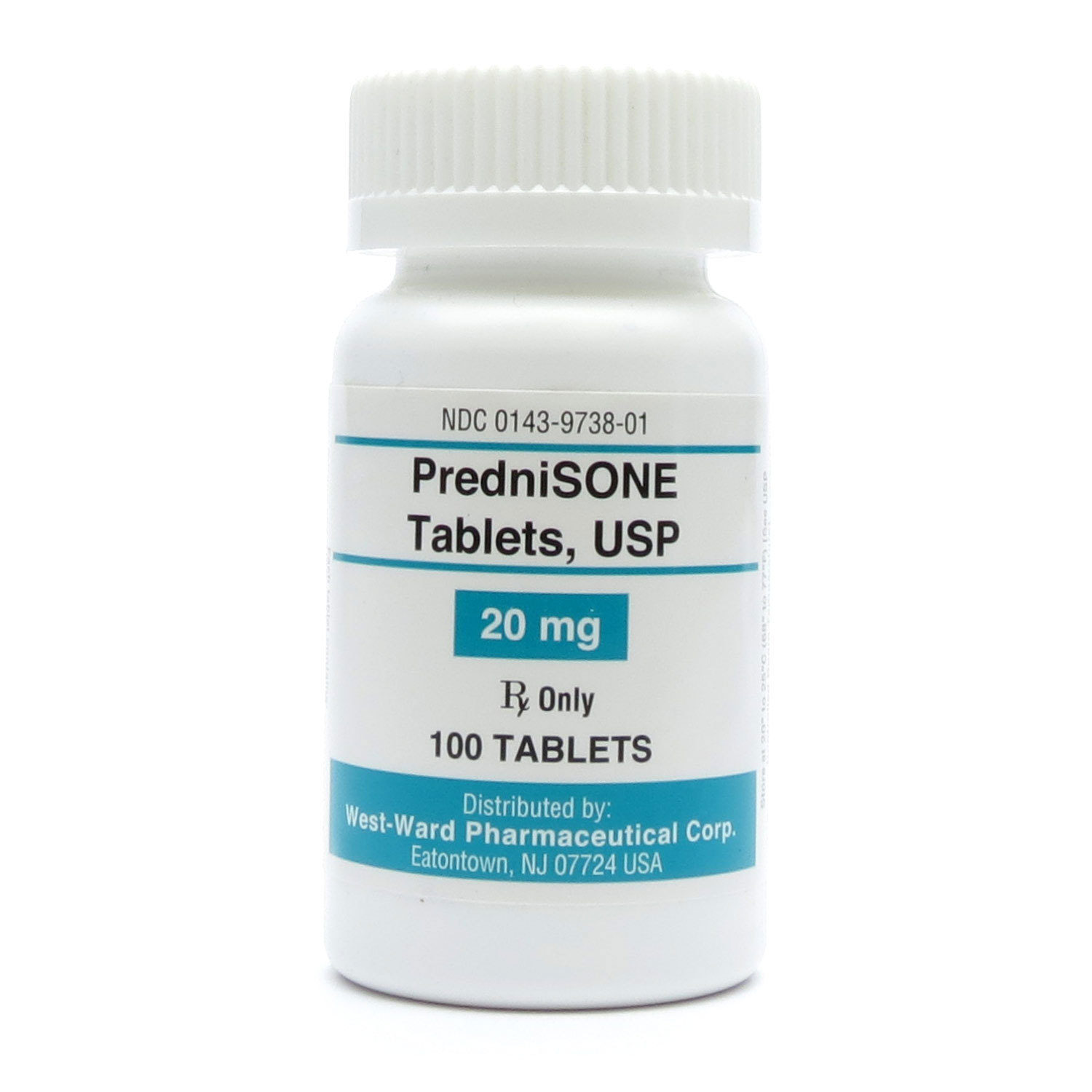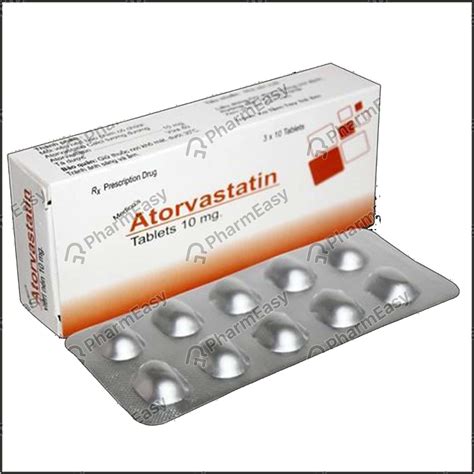The erythrocyte sedimentation rate (ESR), also known as the sed rate, is a blood test that measures how quickly erythrocytes (red blood cells) settle at the bottom of a test tube containing a blood sample. It indirectly measures how much inflammation is in the body. The principle behind this test is that inflammatory states lead to the production of acute-phase proteins, which cause red blood cells to aggregate and settle more quickly.
How the Test Works
The sed rate test is performed by adding an anticoagulant to a blood sample to prevent clotting. The blood is then placed in a tall, narrow tube, and the rate at which the red blood cells settle to the bottom of the tube over a specified period, usually one hour, is measured. The result is reported in millimeters per hour (mm/hr). The higher the sed rate, the more quickly the red blood cells have settled, indicating a higher level of inflammation in the body.
When Is the Sed Rate Test Used?
The sed rate test is used in various clinical scenarios, primarily to detect and monitor inflammatory conditions. Some of the conditions include:
- Rheumatoid Arthritis: An autoimmune disorder that causes inflammation in the joints.
- Lupus: A chronic autoimmune disease that can affect various parts of the body, including the skin, joints, kidneys, brain, and other organs.
- Infections: Such as endocarditis (infection of the heart valves) or osteomyelitis (infection of the bone).
- Cancer: Some types of cancer can cause an elevated sed rate, although this is not specific and can be elevated in many other conditions as well.
Understanding Sed Rate Results
The normal range for sed rate can vary slightly between laboratories but is generally considered to be 0 to 20 mm/hr for adults. However, what is considered a “normal” result can vary based on age and sex. For instance, sed rates tend to be higher in women than in men, and they increase with age in both sexes.
- Low Sed Rate: A low sed rate indicates less inflammation. However, it’s essential to interpret this result in the context of the patient’s overall clinical picture, as some conditions may not cause an elevated sed rate despite significant inflammation.
- High Sed Rate: A high sed rate suggests the presence of inflammation somewhere in the body. It does not, however, identify the source or cause of the inflammation.
Limitations and Considerations
While the sed rate can provide valuable information about the presence of inflammation, it has several limitations:
- Non-Specificity: The sed rate is not specific for any particular disease. Many conditions can cause an elevated sed rate, and not all inflammatory conditions will result in an elevated sed rate.
- Variability: Results can be influenced by various factors, including age, sex, and the presence of anemia or other conditions that affect red blood cells.
- Sensitivity: The sed rate may not detect mild inflammation and can be normal in conditions with significant inflammation, especially in early stages.
Conclusion
The sed rate is a useful tool in the diagnostic and monitoring process for various inflammatory conditions. However, its results should be interpreted in conjunction with clinical findings, medical history, and other diagnostic tests. The sed rate’s non-specific nature means that it cannot be relied upon as the sole diagnostic criterion but rather as one piece of the puzzle in understanding a patient’s condition.
Frequently Asked Questions
What does a high sed rate indicate?
+A high sed rate is a non-specific indicator of inflammation in the body. It does not specify the cause or location of the inflammation but suggests that further investigation may be necessary to determine the underlying cause.
Can the sed rate be used to diagnose specific diseases?
+No, the sed rate is not specific enough to diagnose any particular disease on its own. It is used more as a tool to monitor conditions or to indicate the presence of inflammation that may then prompt further testing to identify the cause.
How is the sed rate test performed?
+The sed rate test involves taking a blood sample and adding an anticoagulant to prevent it from clotting. The blood is then placed in a vertical tube, and the rate at which the red blood cells settle to the bottom over a period of one hour is measured and reported in millimeters per hour.
What factors can influence sed rate results?
+Several factors can influence sed rate results, including age, sex, anemia, and the presence of certain conditions that affect red blood cells. It's essential to consider these factors when interpreting the results.
Is the sed rate a definitive test for any condition?
+No, the sed rate is not a definitive test for any condition. It is a screening test used to detect inflammation and monitor the activity of certain diseases. Further testing is usually required to make a definitive diagnosis.
Further Reading
For a deeper understanding of inflammatory conditions and how tests like the sed rate are used in their diagnosis and management, consulting medical resources or speaking with a healthcare professional can provide more detailed insights tailored to specific situations.



